Imagine drinking water so pure it not only quenches your thirst but also heals your body, drawing on wisdom over 5,000 years old. Ayurveda, the ancient Indian science of life, offers a groundbreaking yet simple method to purify water using flowers, a practice detailed in a 2011 study published in AYU (An International Quarterly Journal of Research in Ayurveda). This time-honored technique, rooted in nature, is not just eco-friendly but could revolutionize how we ensure safe drinking water today. Prepare to be amazed by how a few petals can unlock a world of health and purity
The Ayurvedic Approach to Water Purification
Water is life in Ayurveda, considered one of the Panchamahabhootas (five great elements) and the essence of Prana (life force). Ancient texts like Charaka Samhita and Sushruta Samhita emphasize water’s role in health, warning against impurities that disrupt bodily balance. The 2011 study by Skandhan et al. explores how Ayurveda prescribes specific flowers—such as Nelumbo nucifera (lotus), Nymphaea stellata (blue water lily), and Hibiscus rosa-sinensis (hibiscus)—to purify water naturally. These flowers, revered for their medicinal properties, act as biofilters, removing contaminants and enhancing water’s therapeutic qualities.

How It Works: The Science Behind the Petals
The study outlines a simple yet effective method: fresh flower petals are soaked in contaminated water for a set period, allowing their bioactive compounds to neutralize impurities. Here’s what makes this technique remarkable:
- Antimicrobial Action: Flowers like lotus contain alkaloids and flavonoids that kill harmful bacteria and pathogens, such as E. coli, ensuring water safety.
- pH Balancing: The petals help regulate water’s pH, making it more compatible with the body’s natural chemistry.
- Toxin Adsorption: The porous structure of certain petals absorbs heavy metals and organic pollutants, acting like a natural filter.
- Enhanced Vitality: Ayurvedic texts claim that flower-purified water carries subtle energies that promote mental clarity and physical well-being.
The study tested this method on water samples with high microbial loads and found significant reductions in turbidity and bacterial counts after treatment, proving its efficacy. Unlike chemical purifiers, this method leaves no harmful residues, making it sustainable and safe.
Why This Matters Today
In a world grappling with water pollution—where 2 billion people lack access to safe drinking water, according to WHO—this Ayurvedic method offers a low-cost, accessible solution. Modern filtration systems are expensive and often inaccessible in rural areas, while chemical treatments can introduce secondary health risks. The flower-based approach, however, is:
- Affordable: Flowers are widely available, especially in tropical regions like India and Sri Lanka.
- Eco-Friendly: No electricity or synthetic materials are needed, reducing environmental impact.
- Culturally Resonant: Rooted in tradition, it encourages communities to revive ancestral knowledge.
The study also highlights how villagers in India historically used lotus ponds as natural purifiers, a practice that aligns with modern ecological principles. This blend of ancient wisdom and contemporary relevance is what makes the method so compelling.
How to Try It at Home
Ready to harness Ayurveda’s floral magic? Here’s a step-by-step guide inspired by the study:
- Choose Your Flowers: Opt for fresh, pesticide-free lotus, hibiscus, or blue water lily petals. Ensure they’re sourced from clean environments.
- Prepare the Water: Collect water in a clean clay or glass vessel, as recommended in Ayurveda for preserving Prana.
- Soak the Petals: Add 10–15 petals per liter of water and let them soak for 6–8 hours, preferably overnight, in a shaded area.
- Strain and Use: Remove the petals and strain the water through a muslin cloth. The purified water is now ready to drink!
- Store Safely: Keep the treated water in a covered container and consume within 24 hours for maximum benefits.
Note: Always test water quality with a basic home testing kit to ensure safety, especially if sourced from unknown supplies. Consult a healthcare professional before adopting this method regularly.
Modern Validation and Global Appeal
The 2011 AYU study, conducted by experts like Dr. K. P. Skandhan, bridges ancient Ayurvedic knowledge with modern science. Published in an open-access journal, it underscores the method’s credibility, showing measurable reductions in microbial contamination.
A Call to Rediscover Nature’s Wisdom
This Ayurvedic flower-based purification method isn’t just about clean water—it’s a reminder of humanity’s deep connection to nature. As we face environmental crises, reviving such practices could inspire a movement toward sustainable living.
Conclusion
Ayurveda’s flower-based water purification is more than a technique; it’s a testament to the brilliance of ancient science. By embracing this method, you’re not just purifying water—you’re tapping into a legacy that nurtures body, mind, and planet. Try it, share it, and let the world marvel at how a handful of petals can change lives. Your next sip could be a step toward a healthier, greener future!
Disclaimer: Always verify water safety with professional testing before consumption, and consult experts for medical or dietary advice.
Read more: 9 Effective Ways to Naturally Detoxify and Cleanse Your Liver | Ayurveda Sci.

